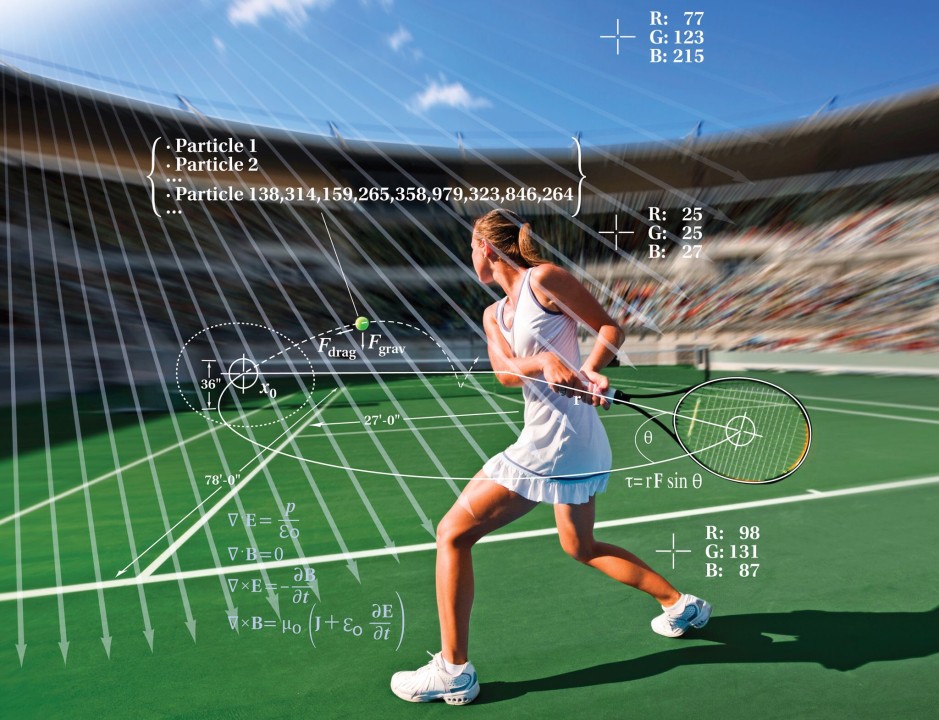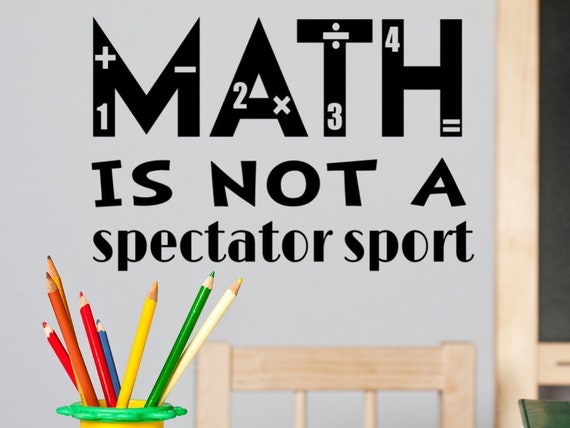


Arithmetic frequently invokes pictures of perplexing conditions, conceptual hypotheses, and difficult critical thinking. Notwithstanding, there’s a superb and perky side to math that has caught the creative mind of devotees since forever ago. This domain of math is known as sporting math, where the accentuation is on fun, games, puzzles, and the sheer delight of disclosure. In this article, we leave on an excursion through the entrancing universe of sporting math, investigating its set of experiences, outstanding riddles, and the astounding associations among play and significant numerical ideas.
The Beginnings of Sporting Math
Sporting math has profound roots in mankind’s set of experiences. Old societies participated in numerical games and riddles as a type of diversion and scholarly activity. The Chinese round of Tangrams, for instance, goes back north of 1,000 years and includes improving mathematical shapes to frame explicit examples. Likewise, the Indian round of “Brahmagupta’s Enchanted Square” moved players to organize numbers in a square so the amount of numbers in each line, segment, and slanting is something similar.
Quick forward to the eighteenth 100 years, and we experience the popular Swiss mathematician Leonhard Euler, frequently viewed as the dad of the diagram hypothesis. Euler’s notable work established the groundwork for sporting math by investigating the idea of a “Seven Extensions of Königsberg” issue, which ultimately prompted the production of the chart hypothesis — a field with applications going from software engineering to organized examination.
Exemplary Riddles That Go the distance
The Pinnacle of Hanoi: One of the getting through works of art in sporting math is the Pinnacle of Hanoi. This puzzle includes three bars and a progression of plates of various sizes. The test is to move the whole pile of circles starting with one pole then onto the next, submitting to two straightforward guidelines: just a single plate can be moved at a time, and a bigger circle can’t be put on top of a more modest one. While the guidelines are clear, tackling the Pinnacle of Hanoi requires key reasoning and a comprehension of recursive examples.

The Four Variety Guide Hypothesis: Considered quite possibly of the most renowned issue in sporting math, the Four Variety Guide Hypothesis includes shading the districts of a guide so that no two contiguous locales share a similar variety. While the idea appears to be straightforward, demonstrating that four tones are dependably adequate assumed control more than a long time and involved refined numerical methods. The arrangement, when at last demonstrated in 1976, exhibited the surprising profundity and intricacy hiding inside apparently fun loving riddles.
The Monty Corridor Issue: Propelled by the TV game show “We should Make an Arrangement,” the Monty Corridor Issue is a likelihood puzzle that proceeds to confound and interest lovers. The situation includes a candidate, a host, and three entryways — one concealing an award and the other two covering goats. After the challenger chooses an entryway, the host, who can say for sure what’s behind every entryway, opens another entryway uncovering a goat. The challenger is then given the choice to stay with their unique decision or change to the excess unopened entryway. The irrational arrangement challenges our instinct about likelihood and has ignited various discussions.
The Convergence of Math and Games
Sporting math frequently meets with games, making an amicable mix of system, rationale, and diversion. Chess, for instance, is a game well-established in numerical standards. From the calculation of the board to the essential estimations of moves, chess gives a rich jungle gym for numerical investigation.
Sudoku, the massively well-known number riddle, is another model. While Sudoku seems basic on a superficial level, its rich plan hides an abundance of numerical examples and designs. The principles of Sudoku make an orchestra of requirements that challenge players to apply insightful thinking and legitimate reasoning.
Astounding Associations: Fibonacci Arrangement and Brilliant Proportion
Sporting math likewise divulges startling associations between apparently irrelevant ideas. Take, for example, the Fibonacci succession — a progression of numbers where each number is the amount of the two going before ones (0, 1, 1, 2, 3, 5, 8, 13, etc). This arrangement shows up in different sporting numbers related bewilders and has astonishing associations with the brilliant proportion.
The brilliant proportion, signified by the Greek letter phi (Φ), is a nonsensical number roughly equivalent to 1.618. It has an exceptional stylish allure and shows up in nature, craftsmanship, and engineering. The Fibonacci arrangement, when isolated term by term, meets to the brilliant proportion. This startling relationship adds a layer of class to sporting math and exhibits the magnificence of numerical examples.
The Advanced Age: Sporting Math in the 21st 100 years
In the computerized age, sporting math has tracked down another stage for investigation and commitment. Online people group, gatherings, and portable applications give a space to lovers to share puzzles, examine arrangements, and team up on new difficulties. Well known sites, for example, Task Euler and Brilliant.org offer an abundance of numerical issues going from the open to the exceptionally mind boggling, permitting people to level up their critical thinking abilities in a sporting setting.

Also, the gamification of learning has prompted the improvement of instructive numerical games that make complex ideas open and charming for students, everything being equal. These games influence the standards of sporting math to encourage an adoration for science and advance an uplifting outlook towards critical thinking.
Sporting Math Past the Homeroom
Sporting math enhances the opportunity for growth as well as fills in as a scaffold between the theoretical universe of science and the regular day to day existences of people. It urges a lively way to deal with critical thinking, cultivating imagination and strength notwithstanding challenges.
Instructors can use sporting math to motivate understudies and develop a more profound appreciation for the subject. By incorporating riddles, games, and intelligent exercises into the educational program, educators can make math really captivating and pertinent, dispersing the idea that science is exclusively a serious and inaccessible discipline.
Conclusion: Embracing the Delight of Numerical Disclosure
All in all, sporting numerical opens a door to the charming and lively side of numbers. From old riddles that have endured everyday hardship to cutting-edge advanced stages that associate lovers around the world, the universe of sporting number-related proceeds to develop and spellbind the inquisitive personalities of mathematicians, understudies, and specialists.
As we dive into the Pinnacle of Hanoi, consider the complexities of the Four Variety Guide Hypothesis, and wrestle with the Monty Lobby Issue, we hone our numerical ability as well as experience the sheer delight of revelation. Sporting math advises us that, past the afflictions of formal schooling and the intricacies of cutting-edge speculations, there exists a universe of numerical marvels ready to be investigated — each fun-loving riddle in turn.
Article by Godwin Ogiji
Maths Teacher

We are the only international school in Nigeria that offers 100% Ontario Ministry of Education approved Canadian (Ontario) curriculum from Grade 1 through 12.

 Copyright 2025 Canadian Bridge Academy | All rights reserved.
Copyright 2025 Canadian Bridge Academy | All rights reserved.